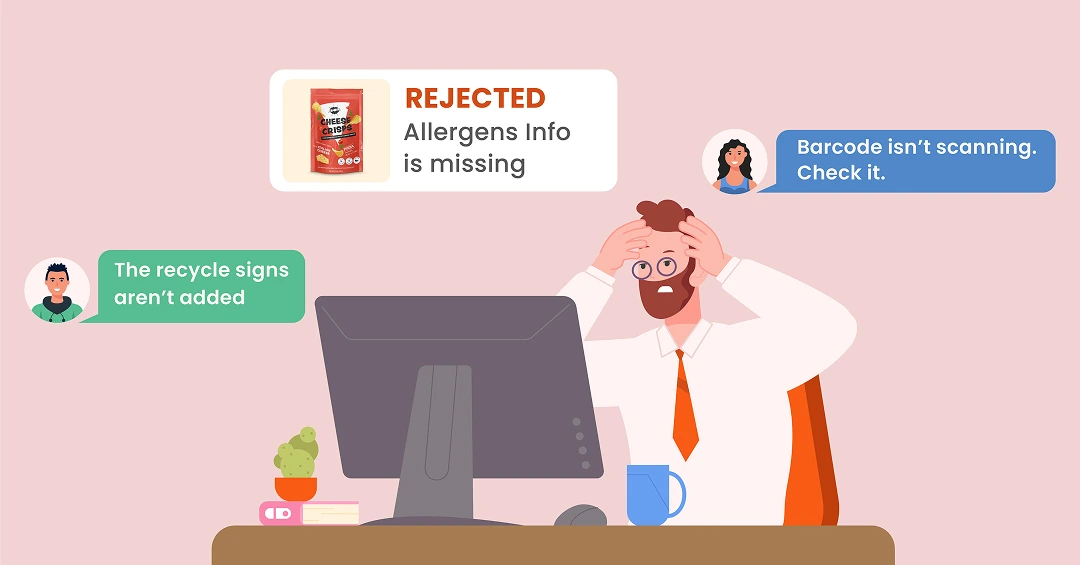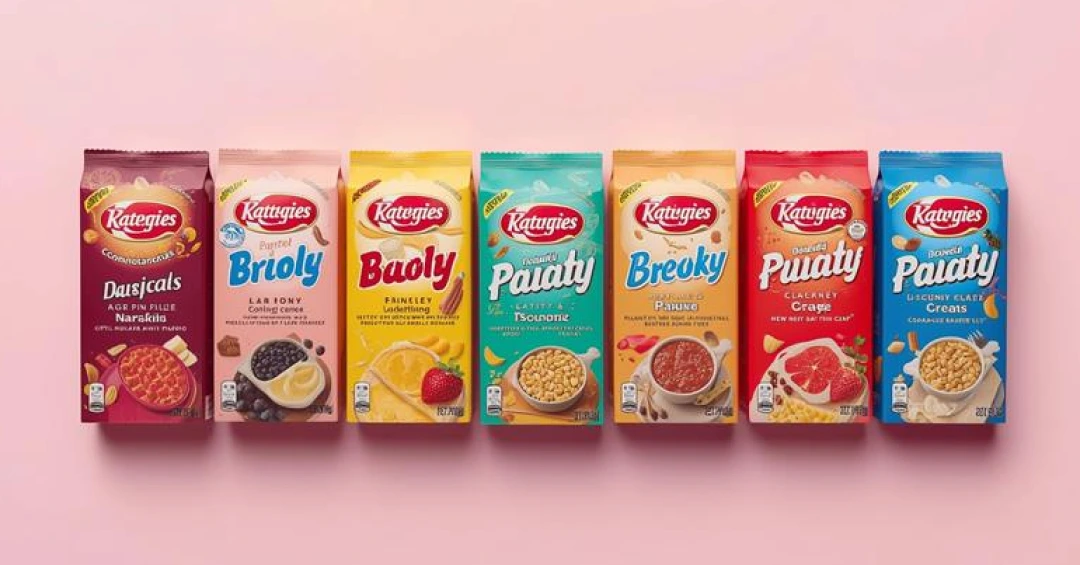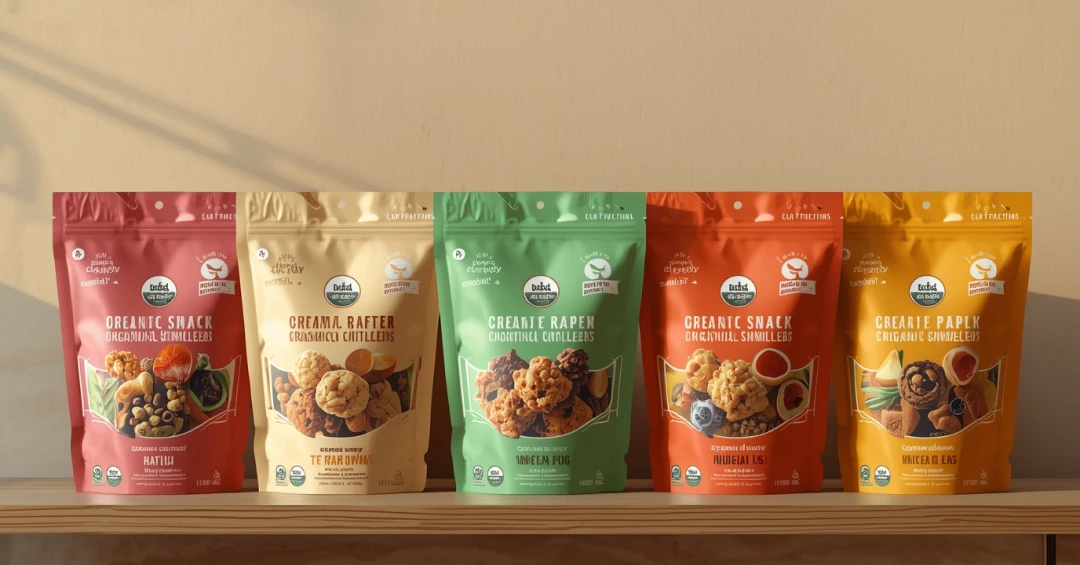Most companies struggle to get their packaging right. Common reasons for this include the reliance on siloed email threads, excel trackers, and numerous folders of old versions and artwork copies. Rummaging through these files and systems takes a lot of time.
Teams may not feel the impact immediately. But delays pile up and errors creep in. And before you know it, your launch is off-track, your team’s buried in rework, and the competitor is already on the shelf. Read on to uncover the hidden costs of manual artwork management and why automation is the only way forward.
What’s at Stake Without Artwork Automation
Relying on manual artwork processes costs companies a lot of time, money, and effort. Here’s how they are impacting your brand (and peace of mind):
- Slower Time to Market: With many processes, packaging artwork teams often find themselves waiting for days together to get a small change approved. Between marketing, legal, compliance, and design teams, even the simplest updates can turn into long email chains, confusing feedback, and version mix-ups. And while that’s happening, competitors have already launched their products and are eating into the market share.
- Higher Error Rates and Costly Reworks: Mistakes often slip through when artwork management is manual. From typos to barcode errors, mistakes happen more often than anyone wants to admit. A missing allergen info or incorrect dosage can result in product recalls, costing tens of thousands of dollars and weeks of damage control.
- Compliance and Regulatory Risks: Compliance rules are increasingly stringent for brands in the pharma or CPG industries. Packaging, missing even one small element, can lead to far-reaching compliance consequences. With manual systems, tracking versions and approvals is a nightmare. Teams need to prove who signed off on what and when. If they can't, launch delays, audits, and more can occur.
- Increased Operational Costs: Searching for emails, chasing files, and finding the “final version” in conversations can cost brands dearly. All those extra hours teams spend double-checking things, coordinating, or redoing work that didn’t need to be redone drain budgets and resources.
- Inefficient Collaboration Across Teams: With multiple teams involved in artwork management, visibility into tasks becomes difficult. Unless something breaks, there is no insight into who is doing what. Teams work endlessly on individual goals, sometimes working on the wrong version or incorporating the wrong feedback.
What Automation Brings to the Table
Introducing automation in the artwork management lifecycle simplifies global packaging challenges and opens doors to several benefits:
- A single source of truth for all your artwork files: Automated workflows, help route the right versions and proofs through internal teams, external agencies, and printers — ensuring everyone reviews the correct file. Using a central digital asset management system, brands can view and edit artwork copies and ensure a single source of truth across teams, locations, and products.
- Built-in review and approval workflows: Automation-driven review and approval workflows significantly reduce the need for the usual chasing of people. The stakeholders involved are automatically updated on the statuses of pending reviews and approvals, thereby reducing the possibility of missing any critical changes.
- AI-powered proofreading that flags errors before they go live: Automation brings much-needed precision and efficiency in the artwork proofreading process. Text and graphic elements are especially prone to human oversight. AI-powered proofing tools help verify color accuracy, text placement, and other critical details with speed and precision — reducing errors and ensuring artwork consistency.
- Compliance checkpoints built into the process: Automation can integrate compliance guardrails and checkpoints throughout the artwork lifecycle. This helps brands ensure compliance with regulatory requirements. By constantly updating compliance requirements, automation can help maintain brand consistency and reduce the risk of recalls.
- A setup that scales as your business grows: Automation makes creating and managing workflows easy with serial and parallel routing. This helps brands scale their artwork management processes as the company grows, managing all packaging and print specifications across new products and markets.
Conclusion
If you’ve been putting off automating your artwork management process, now is the time to change that. With automation, you no longer have to worry about wrong labelling, missed deadlines, or last-minute chaos before a product launch. With all artwork-related processes taken care of, you can finally focus on bigger things.
Learn how ManageArtworks can help you streamline your packaging artwork process and drive faster, smarter growth.
Frequently Asked Questions
Manual artwork management leads to several issues and challenges, such as:
- Higher degree of error
- Delayed time to market
- High risk of rework and recalls
- Compliance and regulatory risks
- Increased costs
Automating key artwork management processes leads to several benefits for brands, including:
- Centralized storage and retrieval of critical artwork assets
- Streamlined review and approval processes
- Timely and accurate proofreading
- Stronger compliance
- Improved scalability
ManageArtworks offers several automation capabilities, such as:
- Automated version control
- Comprehensive audit trails
- Automated proofing and comparison





.webp)
















